Italy’s coastline stretches over 4,700 miles, creating countless bays, coves, and harbors that have nurtured fishing communities for millennia. While destinations like Positano and Portofino have long captured global attention, many authentic coastal villages remain refreshingly untouched by mass tourism—places where daily life continues much as it has for generations.
Here are 16 Italian coastal villages that remain surprisingly under the radar, despite their considerable charms.
Tellaro, Liguria
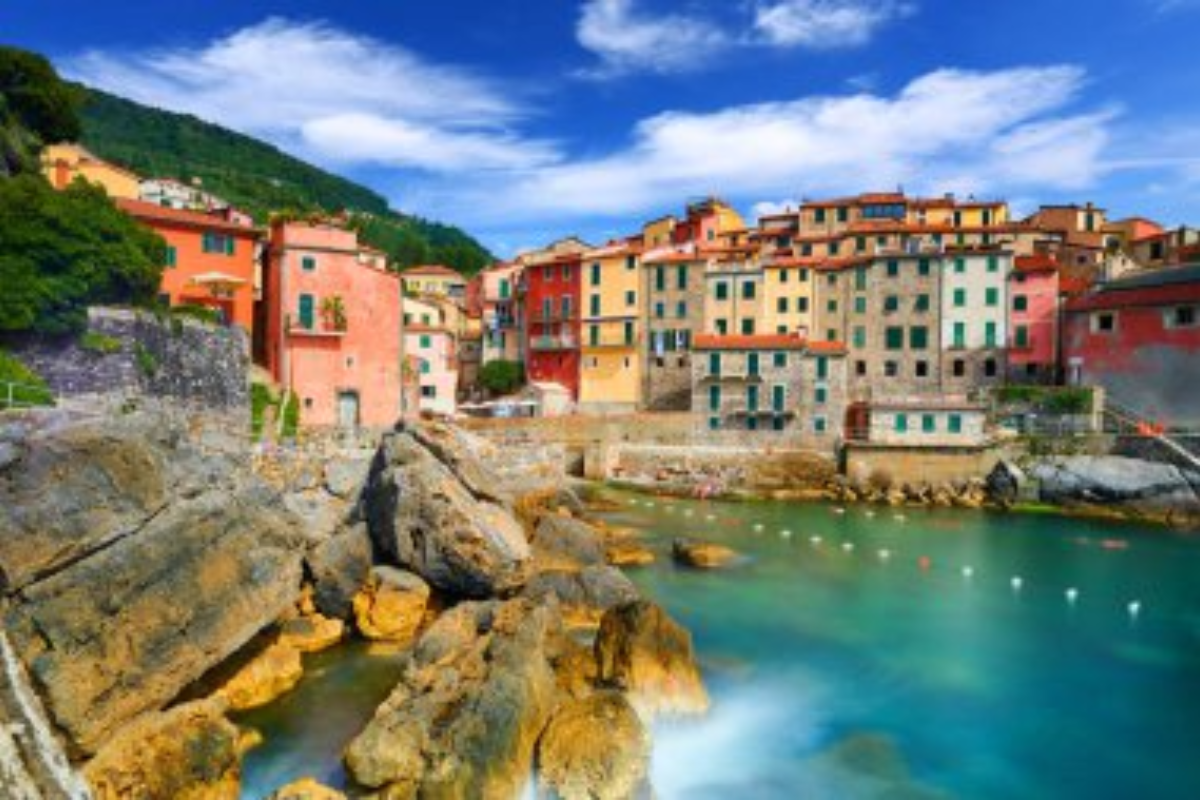
Perched on a rocky promontory at the eastern end of the Gulf of La Spezia, this tiny village represents what the Cinque Terre might have been like before international fame transformed those once-sleepy fishing communities. Pastel-colored houses climb from the small harbor where wooden boats still bring in daily catches, while narrow caruggi, or narrow alleyways, twist upward between buildings so close that neighbors can shake hands between windows.
The absence of sandy beaches has discouraged resort development, leaving the waterfront dominated by a medieval church built directly into the rocky shore—according to local legend, protected by a giant octopus that once rang the church bells to warn villagers of pirate attacks. Evening aperitivo remains a strictly local affair, with residents gathering at simple bars overlooking the Gulf of Poets named for Byron and Shelley who found inspiration along this dramatic coastline centuries ago.
Castro, Puglia
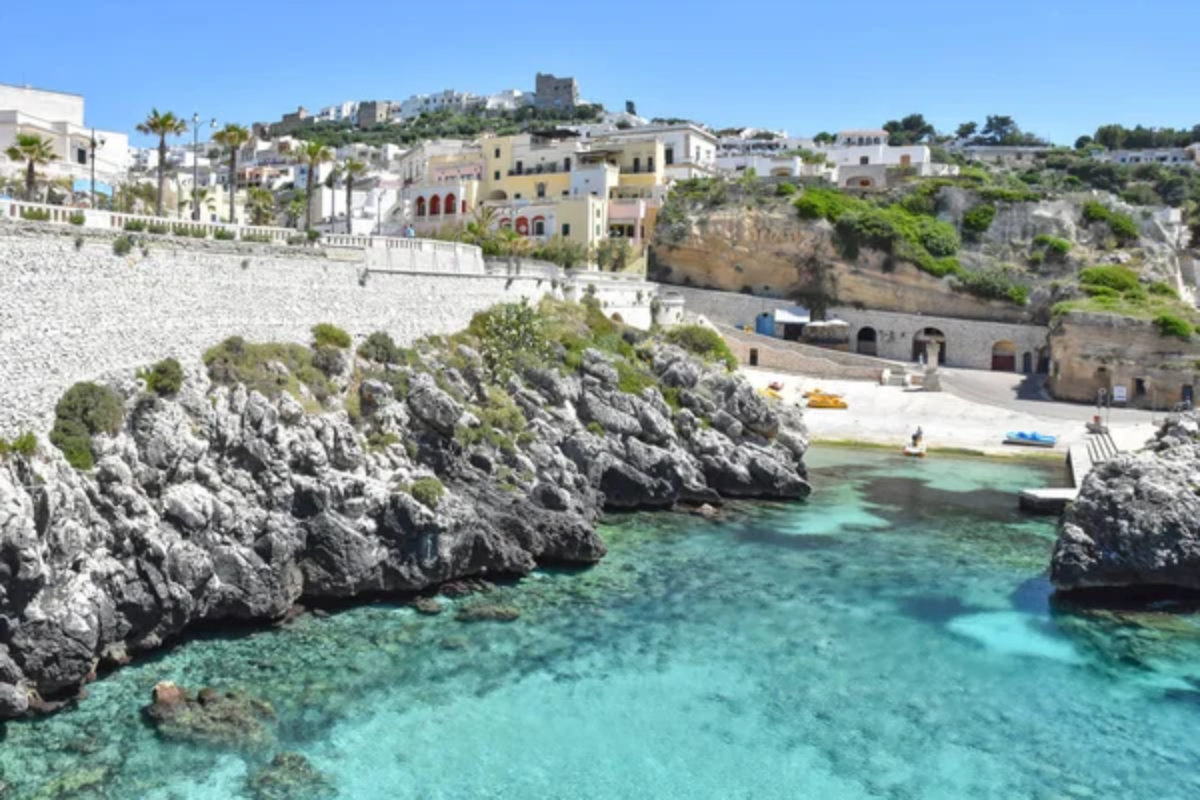
Situated on the eastern side of Italy’s heel, this ancient settlement features both an upper town perched on limestone cliffs and a small fishing harbor nestled in a natural cove below. The Zinzulusa Cave at the village edge reveals stunning rock formations accessible by small boats operated by local fishermen who supplement their income by showcasing this natural wonder during the summer months.
The town’s Byzantine-era fortress has witnessed centuries of maritime history, from Greek settlers to Ottoman raids, creating layers of architectural influence visible in buildings throughout the historic center. Swimming spots feature natural limestone platforms rather than sand, creating pristine water clarity that reveals vibrant marine life—a protected area where snorkelers explore—a sea that doubles as both playground and classroom for the village’s children.
Like Travel Pug’s content? Follow us on MSN.
Boccadasse, Liguria
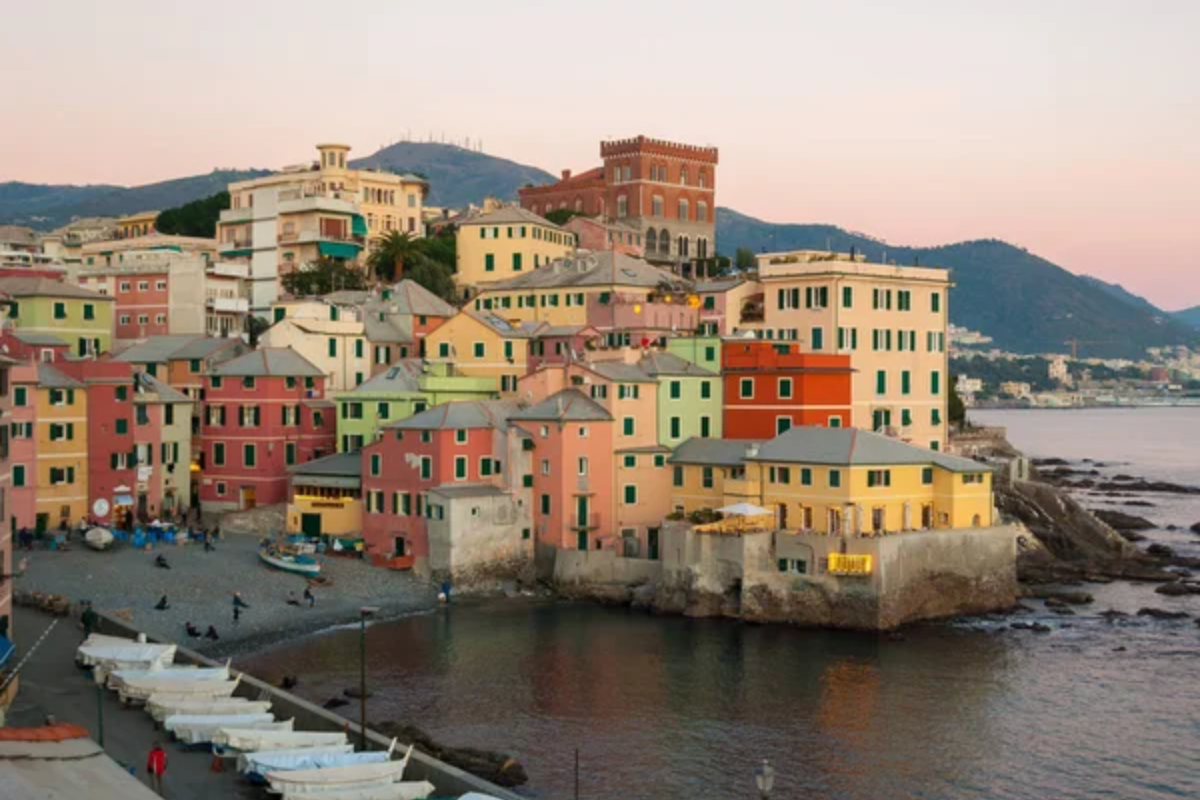
This former fishing village has been absorbed into Genoa’s urban expansion yet somehow maintains its distinct character—a colorful surprise awaiting those who follow the seaside promenade east from the city center. The tight cluster of pink, yellow, and terracotta buildings forms a protective embrace around a small pebble beach where wooden fishing boats rest between daily outings.
Multi-generational families still occupy apartments passed down through centuries, with ground floors converted to unpretentious restaurants serving the day’s catch alongside Ligurian specialties like pesto-dressed trofie pasta and crisp white wines from nearby hillside vineyards. The village creates a visual time capsule so photogenic it appears almost staged, yet the weathered faces of retired fishermen playing cards outside the lone bar confirm its authentic connection to maritime traditions that continue despite its proximity to Italy’s sixth-largest city.
Maratea, Basilicata

Nestled between mountains and sea along Basilicata’s brief stretch of coastline, this collection of connected hamlets offers dramatic landscapes without the crowds found along nearby Amalfi shores. The massive Cristo Redentore statue overlooking the villages rivals Rio’s famous landmark in size yet remains relatively unknown beyond Italian borders, providing panoramic views across the Tyrrhenian Sea for those willing to climb the winding path to its base.
The medieval centro storico features narrow streets too steep for vehicles, preserving architectural details and daily rhythms largely unchanged across centuries of continuous habitation. The coastline below features secluded coves with crystalline waters accessible only by boat or challenging footpaths, naturally limiting visitor numbers and preserving their pristine condition, unlike the more famous beaches just an hour’s drive north in Campania.
Scilla, Calabria
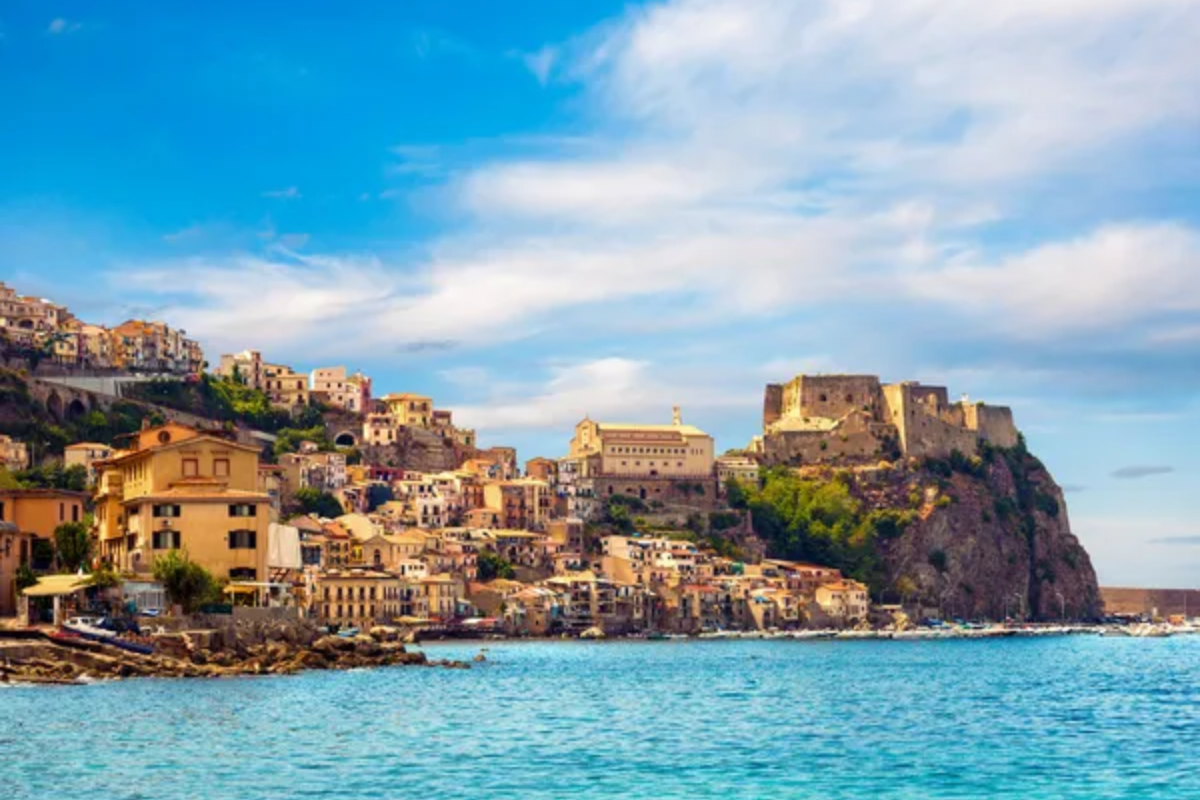
Dominated by a fortress overlooking the Strait of Messina, this village divides itself between a hilltop historical center and Chianalea—a fishing quarter where homes rise directly from the water in a manner reminiscent of Venice but without the associated tourism. The distinctive wooden fishing boats called passerelle hunt swordfish using techniques unchanged for centuries, extending tall spotting towers and harpoons during summer months when these prized fish migrate through the narrow strait.
Local restaurants specialize in raw seafood antipasti featuring just-caught fish dressed simply in local olive oil and lemon from nearby groves, celebrating maritime traditions central to community identity across generations. Evening passeggiata takes residents along the waterfront promenade, where conversations focus on sea conditions and fishing prospects rather than catering to visitors—a community still living in harmony with marine rhythms largely undisturbed by external influences.
Like Travel Pug’s content? Follow us on MSN.
Carloforte, Sardinia
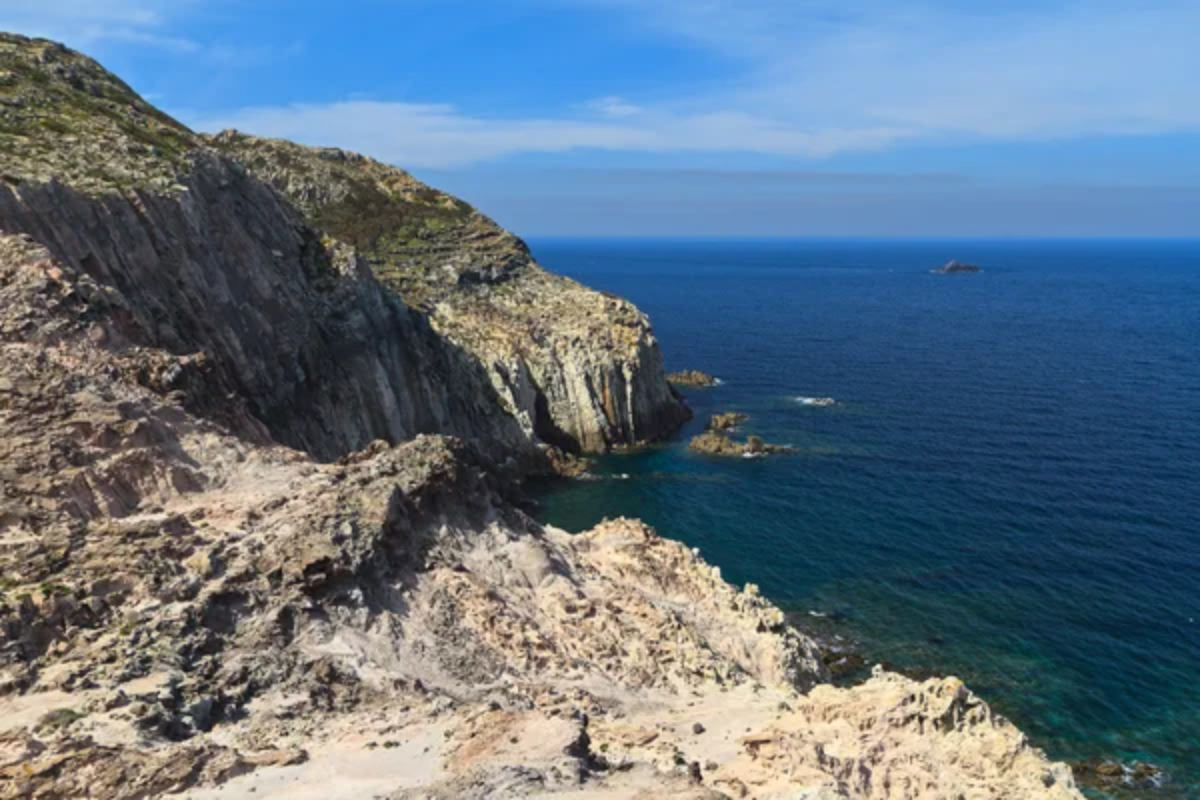
This unique island community on San Pietro Island maintains Ligurian traditions transported by coral fishermen who resettled here from a Tunisian island in the 18th century, creating a linguistic and cultural island within an island. The distinctively accented Italian spoken in town—more closely related to the Genoese dialect than Sardinian languages—immediately signals visitors have discovered somewhere extraordinary even within diverse Italian cultural landscapes.
The annual Girotonno festival celebrates traditional matanza tuna fishing practices nearly extinct elsewhere in the Mediterranean, drawing culinary tourists who discover the village’s year-round charms, including pastel-colored waterfronts and crystalline swimming coves. The community’s distinctive cuisine features North African influences alongside Ligurian traditions, with local specialties like cascà (similar to couscous) demonstrating a complex cultural heritage not found elsewhere along Italian coastlines.
Atrani, Campania
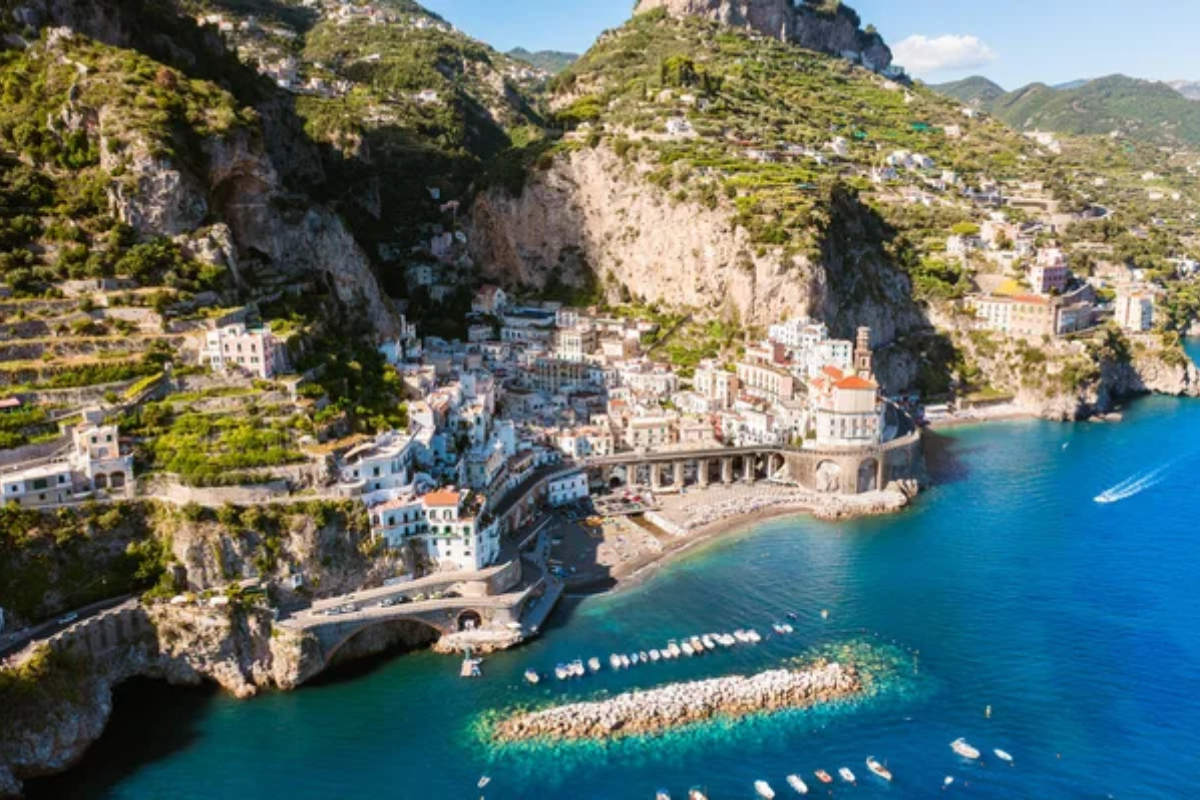
Despite sitting barely half a mile from the world-famous Amalfi, this tiny settlement remains remarkably overlooked by the crowds flocking to its celebrated neighbor. The compact village retains its medieval urban organization with interior courtyards and covered passageways opening to a central piazza barely 30 meters from the shoreline, creating an intimate community space where local children play within sight of fishing boats.
The village climbs steeply from sea level with homes and gardens stacked vertically on terraced hillsides, connected by dizzying staircases that discourage casual exploration by less determined visitors. The absence of landmark hotels or renowned restaurants has preserved authentic living patterns despite proximity to tourism hotspots, with multi-generational families still occupying modest apartments where laundry lines extend between buildings and neighbors converse between balconies just as they have for centuries.
Sperlonga, Lazio
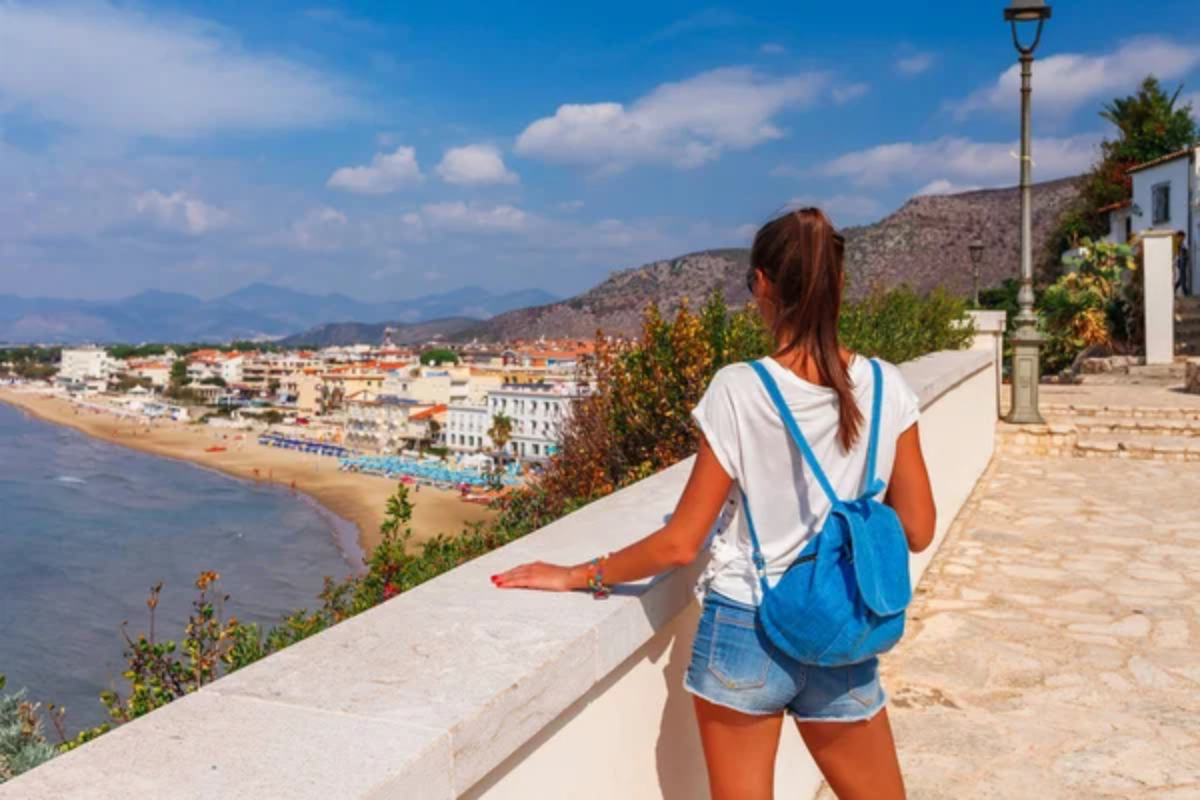
Situated roughly halfway between Rome and Naples, this whitewashed village rises dramatically above a curved sandy beach that has attracted visitors since ancient times when Emperor Tiberius built a magnificent villa along its shore. The hilltop historic center features buildings painted uniformly white—a tradition said to have helped fishermen identify their home port from miles offshore before modern navigation.
Narrow, climbing lanes open suddenly to panoramic terraces overlooking the Tyrrhenian Sea, creating romantic settings where modest restaurants serve simple pasta dishes elevated by exceptional seafood and spectacular sunset views. Archaeological remains of imperial Roman pleasure gardens testify to the area’s enduring appeal across two millennia, yet the village maintains a low-key atmosphere during most seasons, with crowds limited to weekends when Romans escape the capital for brief coastal retreats.
Like Travel Pug’s content? Follow us on MSN.
Peschici, Puglia
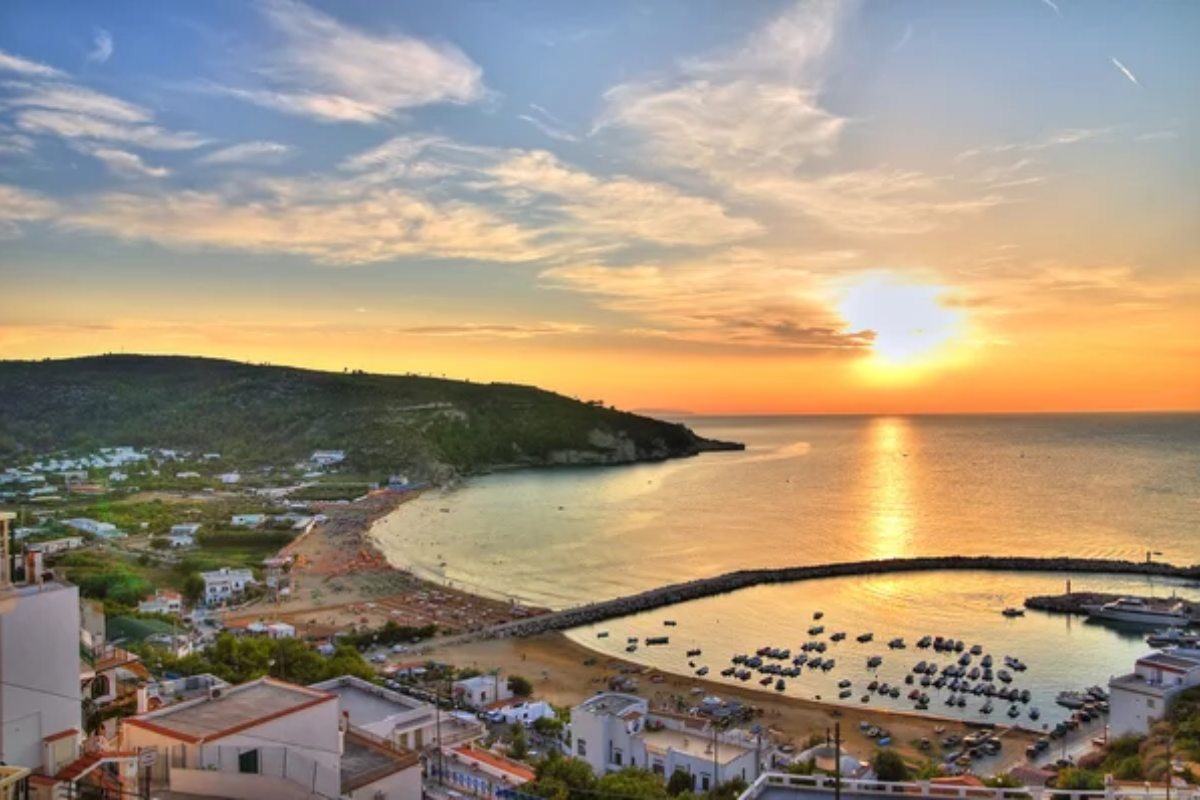
Crowning a limestone cliff on the Gargano Peninsula’s northern coast, this village combines whitewashed architecture reminiscent of Greek islands with distinctly Italian bell towers and religious traditions. The trabucchi—massive wooden fishing platforms extending from rocky points—represent a fishing technique unique to this coastline, with several restored as working museums or transformed into atmospheric restaurants where diners enjoy catches from the very structures that harvested them.
The surrounding Gargano National Park limits development along coastlines accessible primarily by boat or challenging paths descending through fragrant pine forests to secluded coves with exceptional water clarity. The interior maze of narrow streets offers protection from the summer heat with buildings constructed to channel cooling sea breezes through public spaces where community life focuses around a central piazza animated by cafes serving local pastries renowned throughout Puglia.
Noli, Liguria
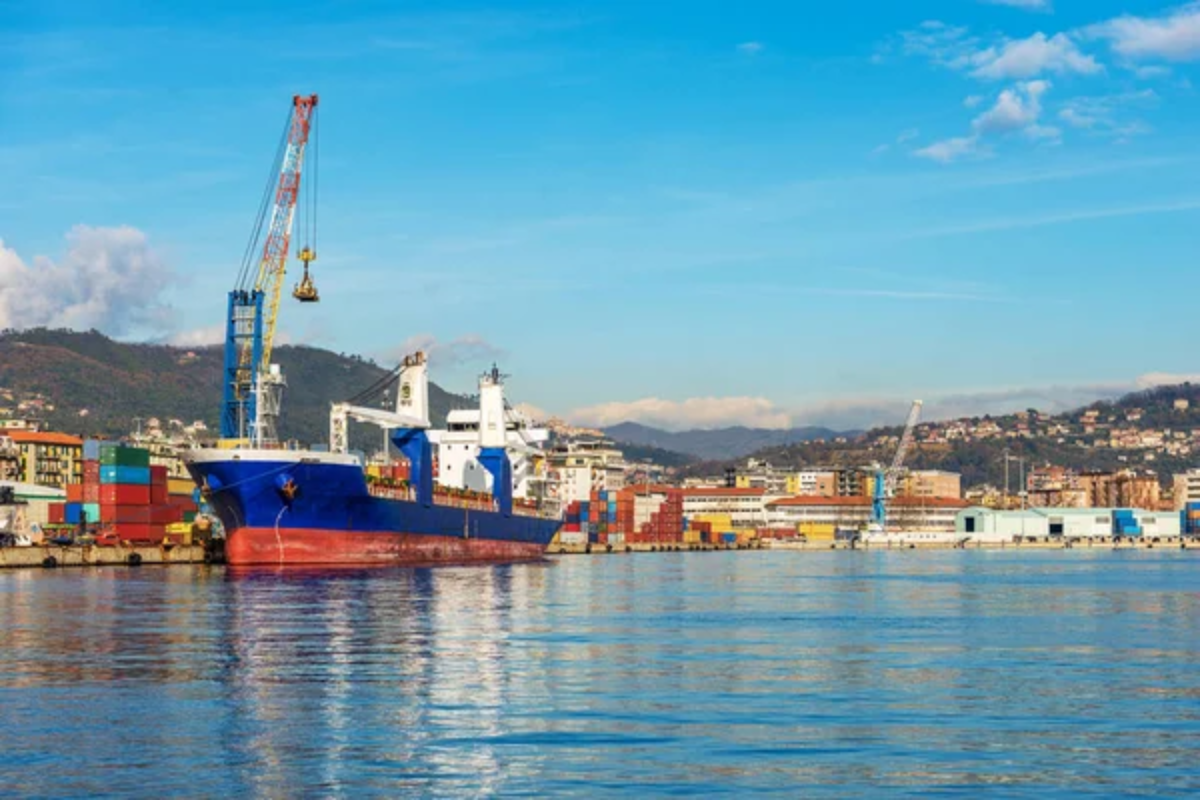
Once powerful enough to be counted among the Maritime Republics alongside Venice and Genoa, this compact village preserves medieval towers and gateways that testify to former prominence now faded into comfortable obscurity. The small working fishing fleet maintains traditional practices with early morning returns to the harbor, drawing locals to purchase directly from boats before catches reach the village’s unpretentious restaurants serving authentic Ligurian seafood.
The crescent beach, backed by a palm-lined promenade, fills with Italian families during summer months but remains largely unknown to international visitors following more famous Riviera routes further west. The fortified upper town reached by steep pathways reveals panoramic views and quiet residential quarters where stone houses feature distinctive architectural details from the community’s 12th-century golden age—historical elements preserved through benign neglect rather than deliberate conservation efforts aimed at tourism development.
Pisciotta, Campania
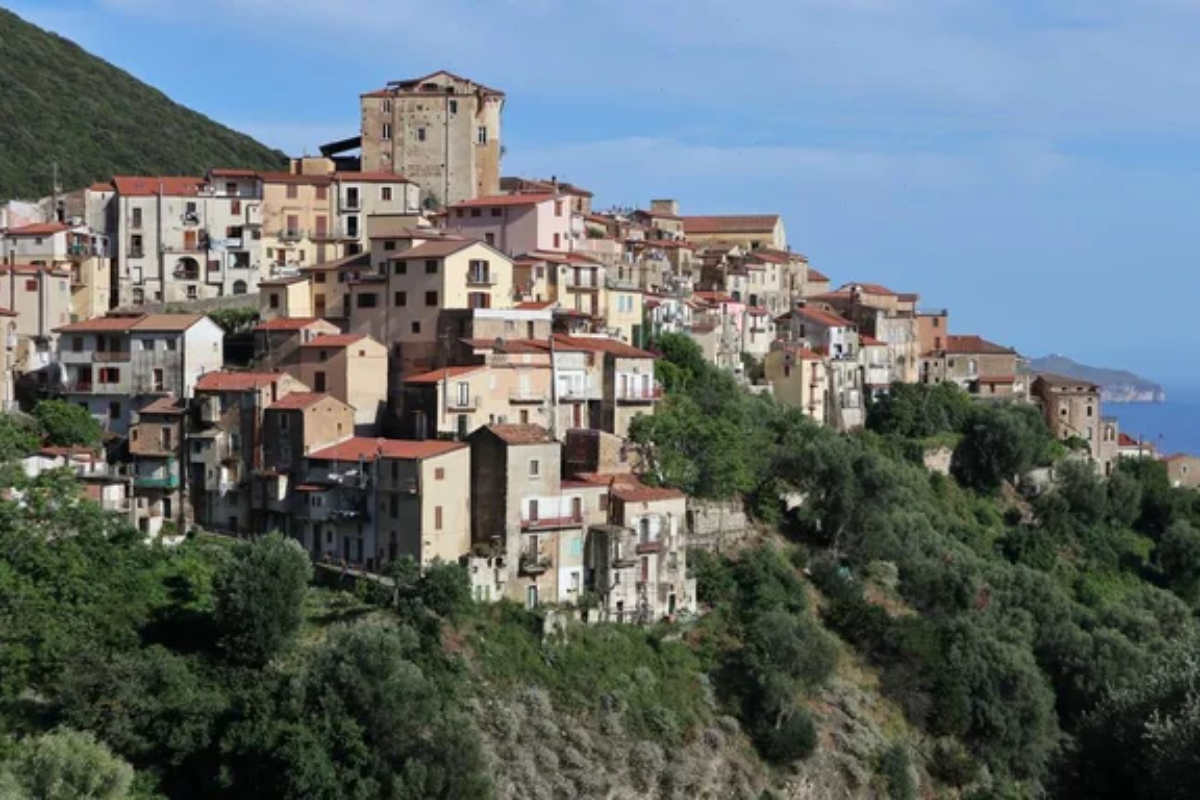
Overlooking the Cilento coastline from a hillside perch, this village centers around an impressively intact medieval core where olive oil production traditions date back centuries. The namesake olive variety produces exceptionally delicate oil that draws culinary enthusiasts to family-operated frantoio (pressing operations), where traditional stone methods continue alongside modern techniques.
The marina district at Marina di Pisciotta maintains fishing traditions focused on anchovy harvesting using the menaica technique dating to ancient Greek settlers—a sustainable practice now protected with Slow Food recognition that uses special nets minimizing bycatch and environmental impact. Narrow lanes wind upward from the shoreline through olive groves to the village center, where modest stone houses feature external staircases and shared courtyards fostering community connections that remain central to daily life despite gradual population decreases affecting many such inland coastal settlements.
Like Travel Pug’s content? Follow us on MSN.
Chioggia, Veneto

Often described as “Little Venice” yet visited by a fraction of the tourists overwhelming its famous neighbor across the lagoon, this working fishing port maintains authentic maritime traditions while offering similar canals and architectural beauty. The central fish market operates daily with early morning auctions establishing prices for restaurants across the region, creating a vibrant commercial hub where fishing families have operated for generations using distinctive flat-bottomed boats adapted to lagoon conditions.
The main canal, lined with colorful buildings, hosts an afternoon passeggiata where residents socialize while fishing boats return with daily catches—a living tradition rather than the touristy simulacrum found in more famous locations. Despite being connected to the mainland rather than isolated on islands, the community retains distinct cultural traditions, including dialect expressions and seafood preparations that distinguish it from Venetian influences despite their shared lagoon heritage.
Ponza, Lazio
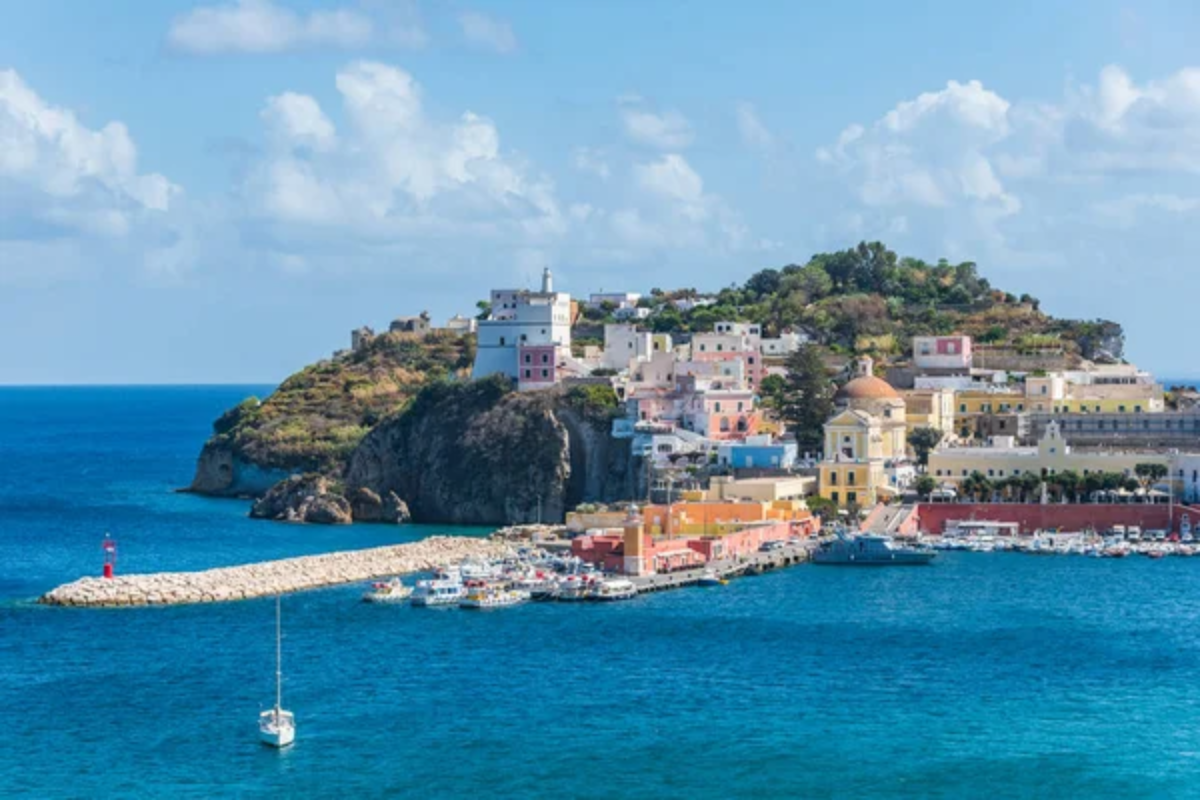
The largest of the Pontine Islands remains surprisingly uncrowded outside August when Italian vacationers briefly fill its small harbor with private boats seeking pristine swimming conditions. The main settlement wraps around a natural harbor with buildings painted in pastel hues climbing the surrounding hillsides, creating a colorful welcome for ferry arrivals from the mainland.
The island’s volcanic origins created dramatic coastal formations, including natural swimming pools and moon-like landscapes accessible by wooden boats departing regularly from the main port for day excursions circumnavigating the island. Roman-era tunnels carved through promontories connect otherwise isolated coves, demonstrating the area’s ancient appeal as a maritime retreat—a tradition continuing today primarily among discerning Italian visitors rather than international tourists despite being barely two hours from Rome by combined train and ferry connections.
Cetara, Campania
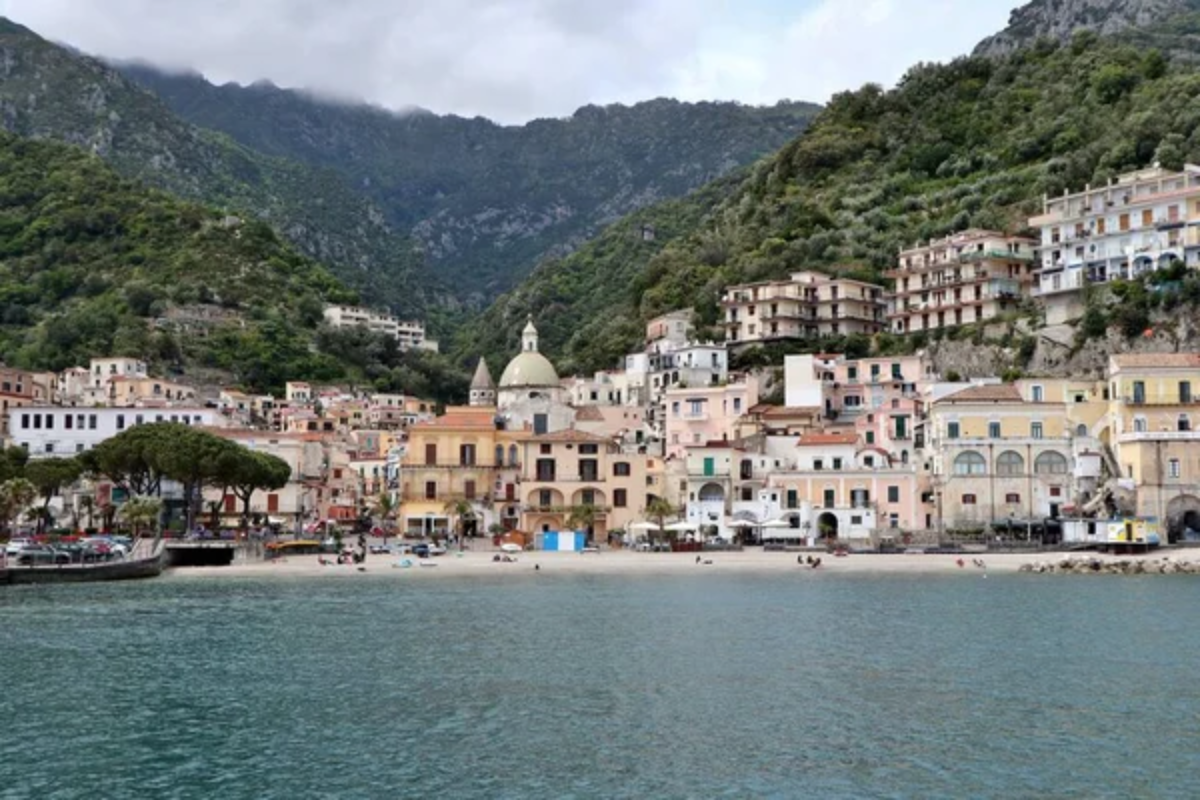
This authentic fishing village along the Amalfi Coast has maintained its primary industry, while nearby communities have transformed almost entirely into tourism-based economies. The village name derives from ancient tuna fishing traditions, though today, its fleet specializes in catching anchovies used to produce colatura di alici—a prized fermented fish sauce following recipes dating to Roman garum that has received protected status recognition.
The modest beach hosts wooden boats painted in traditional colors rather than rental loungers, maintaining working waterfront functions central to community identity across generations. Local restaurants serve remarkably affordable seafood compared to nearby tourist-oriented towns, with menus featuring catch-specific preparations demonstrating deep knowledge of seasonal maritime harvests.
The village structure climbs steeply from the shoreline through narrow lanes barely wide enough for single vehicles, creating natural barriers to coach tourism that have helped preserve authentic daily rhythms uncommon along this otherwise heavily visited coastline.
Like Travel Pug’s content? Follow us on MSN.
Bonassola, Liguria

Situated just beyond the northern boundary of the Cinque Terre National Park, this village offers similar dramatic coastal scenery and colorful architecture without the overwhelming tourist numbers affecting its more famous neighbors. The conversion of an abandoned coastal railway tunnel into a level cycling and walking path connects Bonassola to nearby villages, creating easy access while simultaneously limiting vehicle traffic that would otherwise overwhelm its narrow streets.
The wide sandy beach—unusual for this rocky coastline—attracts primarily Italian families staying in small family-operated hotels or apartment rentals rather than day trippers flowing from cruise ships or tour buses. Evening aperitivo along the beachfront promenade remains predominantly local, with conversations in Italian rather than English providing background ambiance as sunset colors transform the Ligurian Sea while fishing boats return with the day’s catch destined for nearby restaurant kitchens.
Camogli, Liguria
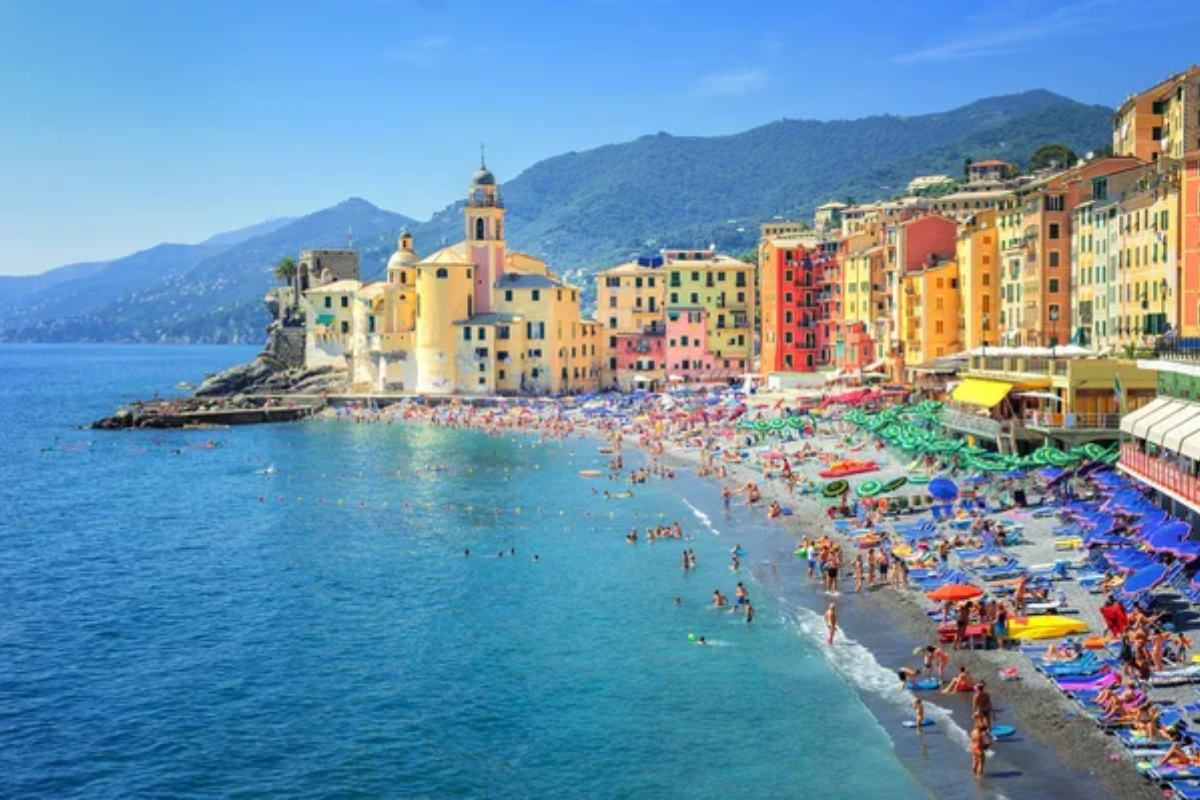
Despite the proximity to popular Portofino, this working harbor maintains authentic fishing traditions alongside modest tourism developed primarily around Italian vacation patterns rather than international marketing. The distinctive façades along the waterfront feature trompe l’oeil architectural details painted on colorful backgrounds that enhanced recognition from returning fishing boats in centuries past—a practical navigation aid transformed into distinctive cultural heritage.
The annual Sagra del Pesce celebrates maritime traditions by frying enormous quantities of fresh fish in what claims to be the world’s largest frying pan, serving free portions to thousands of visitors in a community celebration of fishing heritage dating back generations. Swimming areas feature natural rock formations rather than organized beach clubs while hiking trails connect to the protected Portofino Regional Park, where Mediterranean vegetation surrounds monasteries and historic lookout points once used to spot approaching threats along this strategic coastline.
Maritime Authenticity
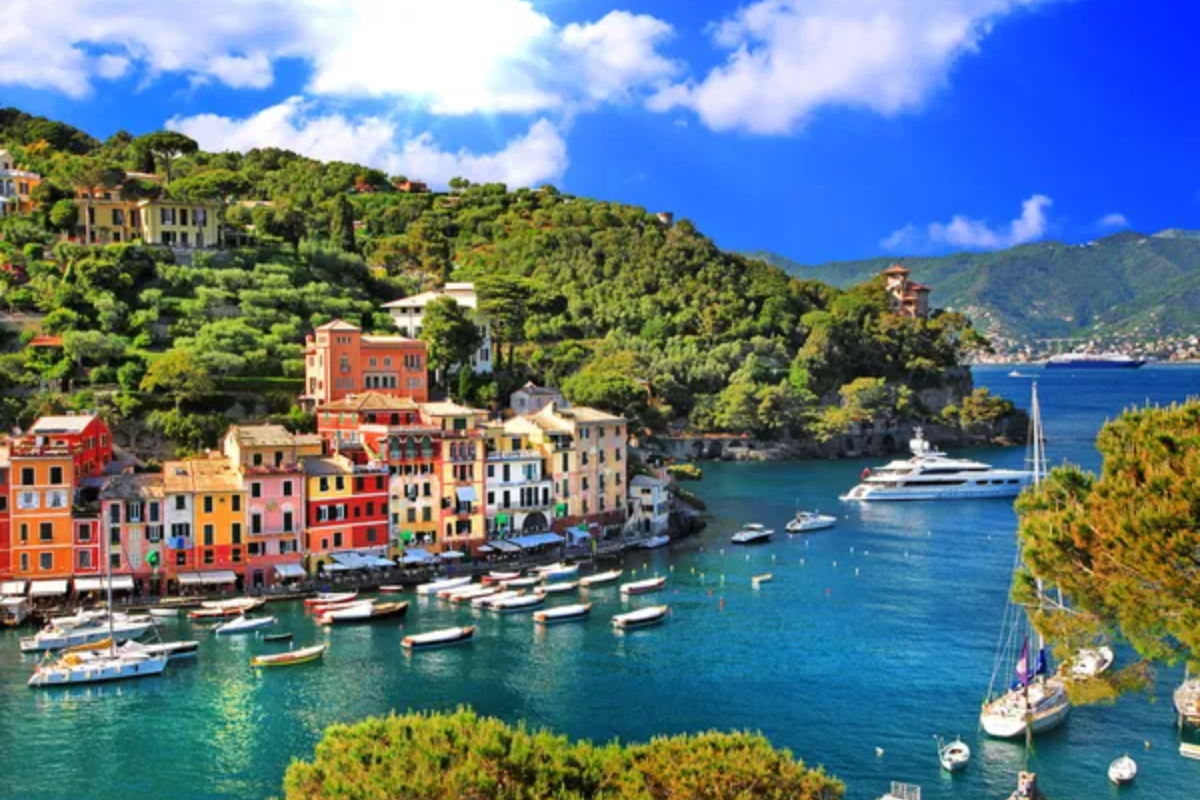
These coastal villages demonstrate Italy’s remarkable capacity to preserve authentic community life despite immense tourism pressure affecting more famous destinations nearby. Their continued connection to fishing traditions, maritime heritage, and multi-generational family structures creates immersive environments where visitors encounter genuine cultural expressions rather than performances staged for tourist consumption.
For travelers seeking to experience coastal Italy as it exists for residents rather than visitors, these communities offer refreshing alternatives to overtouristed hotspots—places where daily rhythms follow seasonal patterns established across centuries rather than cruise ship arrival schedules. Their discovery rewards those willing to venture beyond established itineraries, proving that even along Italy’s heavily visited shores, authentic experiences await travelers patient enough to look just beyond the obvious.
More from Travel Pug

- Cities Growing so Fast You Won’t Recognize Them in 10 Years
- 13 Destinations Where Tourists Regularly Regret Their Trip
- 16 U.S. Cities That Are Quietly Becoming Travel Hotspots
- Where to Travel If You Love Long Bus Rides and Daydreams
- 20 Cities Perfect for Solo Travelers Who Crave Adventure & Culture
Like Travel Pug’s content? Follow us on MSN.
